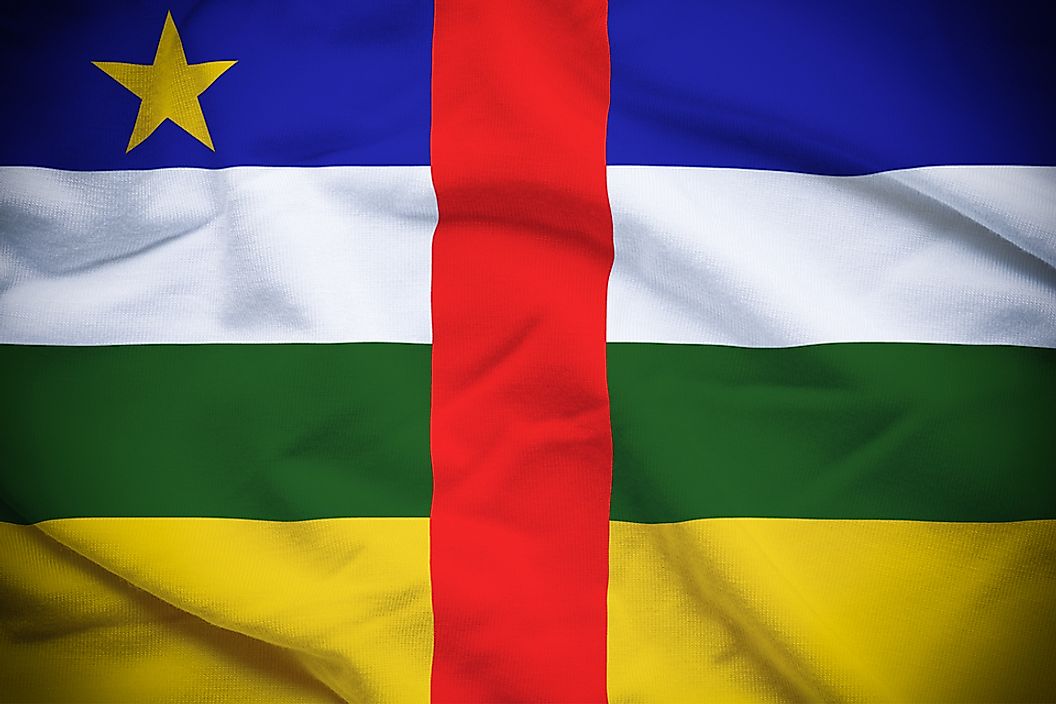What Languages Are Spoken in the Central African Republic?

Official Language of the Central African Republic
The Central African Republic is located in the central region of Africa and has a population size of approximately 4.7 million. During the late 1800’s, France colonized the majority of what is modern-day Central African Republic. In 1960, the country became independent. The history of colonialism here has mixed with its original indigenous cultures, influencing several aspects of the current state of the Central African Republic, including the languages spoken.
Today, the government of the Central African Republic recognizes two official languages: French and Sango. French is used in formal situations and in written documents. Despite its official status, only around 22.5% of the population is able to speak or understand the French language.
Sango, also written as Sangho, did not become an official language until 1991. This move by the government made the Central African Republic one of the only African countries to officially recognize a native language. It is the primary mode of communication for around 92% of the population. In 1988, statistics estimate that around 450,000 individuals spoke this language as their mother tongue, while an additional 1.6 million are second language speakers. Sango is considered a Creole language of the Northern Ngbandi dialect. Today, it is used as the language of business throughout the country.
Indigenous Languages
The vast majority of the population in the country belongs to one of the 80 indigenous ethnic groups identified by researchers. Each of these groups has its own unique language, most of which belong to the Ubangian subgroup of the Niger-Congo language family. Some linguists, however, suggest that only 65 indigenous languages are spoken in this country today. Of these, researchers report that 2 are near extinct and 2 are endangered.
The largest indigenous populations in the country are the Banda and Sara peoples. Each of these groups speaks a language of the same name. The Banda language belongs to the following language family tree (in descending order of groups): Niger-Congo, Atlantic-Congo, Savanna, Ubangian, and Banda. In contrast, the Sara language belongs to the following language family tree: Nilo-Saharan, Central Sudanic, Bongo-Bagirmi, Sara-Bagirmi, and Sara.
Minority Languages
Linguists estimate that approximately 17 foreign minority languages are spoken in the country. These minority languages and their number of speakers include: Chadian Arabic (63,000), Hausa (20,000), Lingala (10,700), Bangi (7,440), Ngbaka (3,000), Mbanja (1,400), Ngbandi (290), and Bomitaba (220).
One of the most widely used of these minority languages is Chadian Arabic, which is also known as Shuwa Arabic or Baggara Arabic. It is considered a dialect of standard Arabic and is spoken as a mother tongue by over 1 million individuals throughout the African continent, in both cities and rural areas. Researchers believe that Chadian Arabic developed as a result of communication between Arabic speakers and Fulani indigenous speakers during the 17th century. As the Fulani people, who are nomadic livestock herders, moved throughout the continent, they took the language with them. Today, it is considered the lingua franca of Chad, and is also used in Nigeria, Cameroon, Sudan, South Sudan, and Niger. It can only be heard in a limited number of small areas in the Central African Republic.











